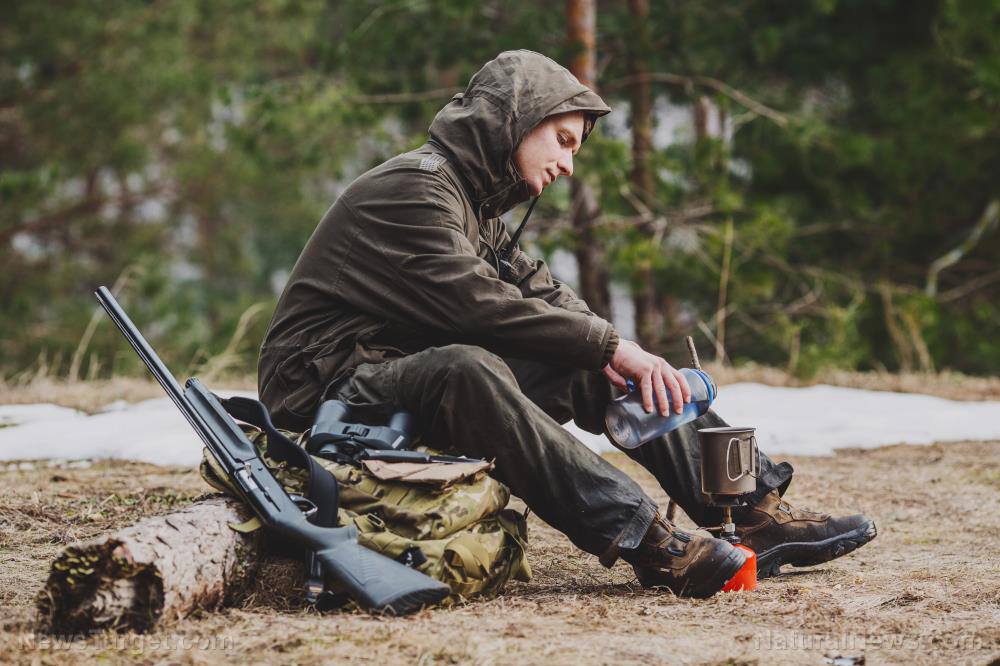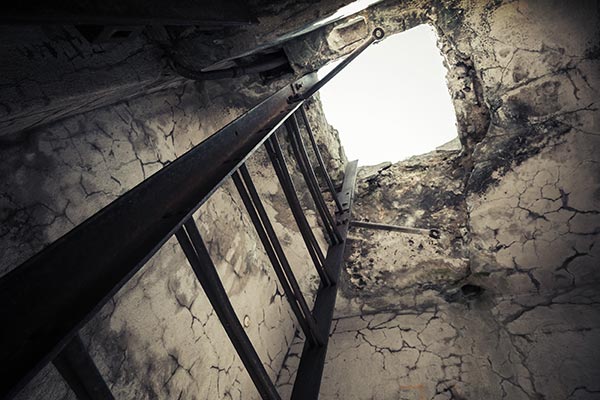Take note of this simple way to help you remember important preps
02/02/2022 / By Zoey Sky

Prepping requires a lot of planning ahead, such as making a list of supplies for your survival stockpile or organizing various prepper projects.
If you’re worried that you might forget something important like pending chores or items that you need to stock up on before SHTF, try this simple trick for remembering things. (h/t to ModernSurvivalBlog.com)
Always take notes so you don’t forget anything
Unless you have photographic memory, the easiest way to remember things is to simply write them down. Taking notes can be very helpful, especially if you’re preparing for a big project with lots of things that need to be accomplished.
And while you can just use a note-taking app on your phone, it’s easier to keep things organized with a pen and a notebook. As a bonus, you can keep writing things down on your notebook even if your phone runs out of battery.
If one notebook isn’t enough for all your tasks and projects, keep several labeled notebooks for easy organization.
Tips for remembering things
You can use a regular-sized composition notebook, but if you prefer something smaller, buy mini composition notebooks. Once you decide on a size, get a leather cover that will protect your main notebook. If you don’t want to spend too much money, use regular pens or pencils for note-taking.
Alternatively, you can invest in a Space Pen, also called a Zero Gravity Pen, from the Fisher Space Pen Company. While pricey, products like a Space Pen can write in almost “any condition and on almost any surface” and even in extreme temperatures.
Keep your notebook with you at all times by tucking it in your pants pocket or in a jacket pocket with a pen or pencil.
Tips for using mini composition notebooks
With a leather cover, mini composition notebooks will last much longer.
When taking notes about different topics or prepping projects, make several sections of lists, grouped together by topic or other temporary categorical list subjects and separate each with a blank page or two. (Related: An emergency supply checklist for beginner preppers.)
You can also keep another notebook for random or miscellaneous ideas that you come up with while doing something else. Once you have time to sort your ideas, draw a line through each item.
Occasionally, you might need to rewrite a list on a new page after you organize things. To keep your notes manageable, carefully tear out a page straight down the binding when it’s used up and you’re done with it.
Tips for efficient note-taking
If you want to remember things written in your notebooks, you have to revisit certain methods you used while studying, such as rereading and reviewing your lists. This step is useful if you’re learning something new or just trying to improve your memorization skills.
If you are a visual learner, use color-coding to differentiate between topics listed in your notebook. This also helps you break everything down and start compartmentalizing the information as you learn things.
If your notebook is for a long-term project or an inventory of your survival stockpile, you may need to occasionally reorganize lists on your computer or laptop with a spreadsheet or document.
Even if you don’t have a photographic memory, you can remind yourself of things you need to do or items you need to buy by taking detailed notes.
Watch the video below for more helpful prepping and survival tips.
Organize your to-do list and prepper projects by taking detailed notes the old-fashioned way: with a notebook and pen.
Sources include:
Submit a correction >>
Tagged Under:
homesteading, how-to, off grid, planning, preparedness, prepper, prepping, prepping notes, prepping tips, SHTF, survival, Survival Tips
This article may contain statements that reflect the opinion of the author
RECENT NEWS & ARTICLES
COPYRIGHT © 2017 GEAR.NEWS
All content posted on this site is protected under Free Speech. Gear.news is not responsible for content written by contributing authors. The information on this site is provided for educational and entertainment purposes only. It is not intended as a substitute for professional advice of any kind. Gear.news assumes no responsibility for the use or misuse of this material. All trademarks, registered trademarks and service marks mentioned on this site are the property of their respective owners.




















